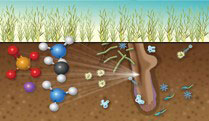
The Inner Workings of the Root Microbiome
Scientists get a molecular look at how plants and bacteria interact, with insights for agriculture.

Scientists get a molecular look at how plants and bacteria interact, with insights for agriculture.
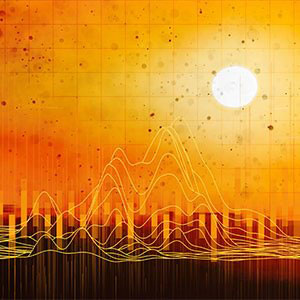
Two important factors help determine how much sunlight soot absorbs.

White-rot fungi use lignin from wood as a source of carbon.
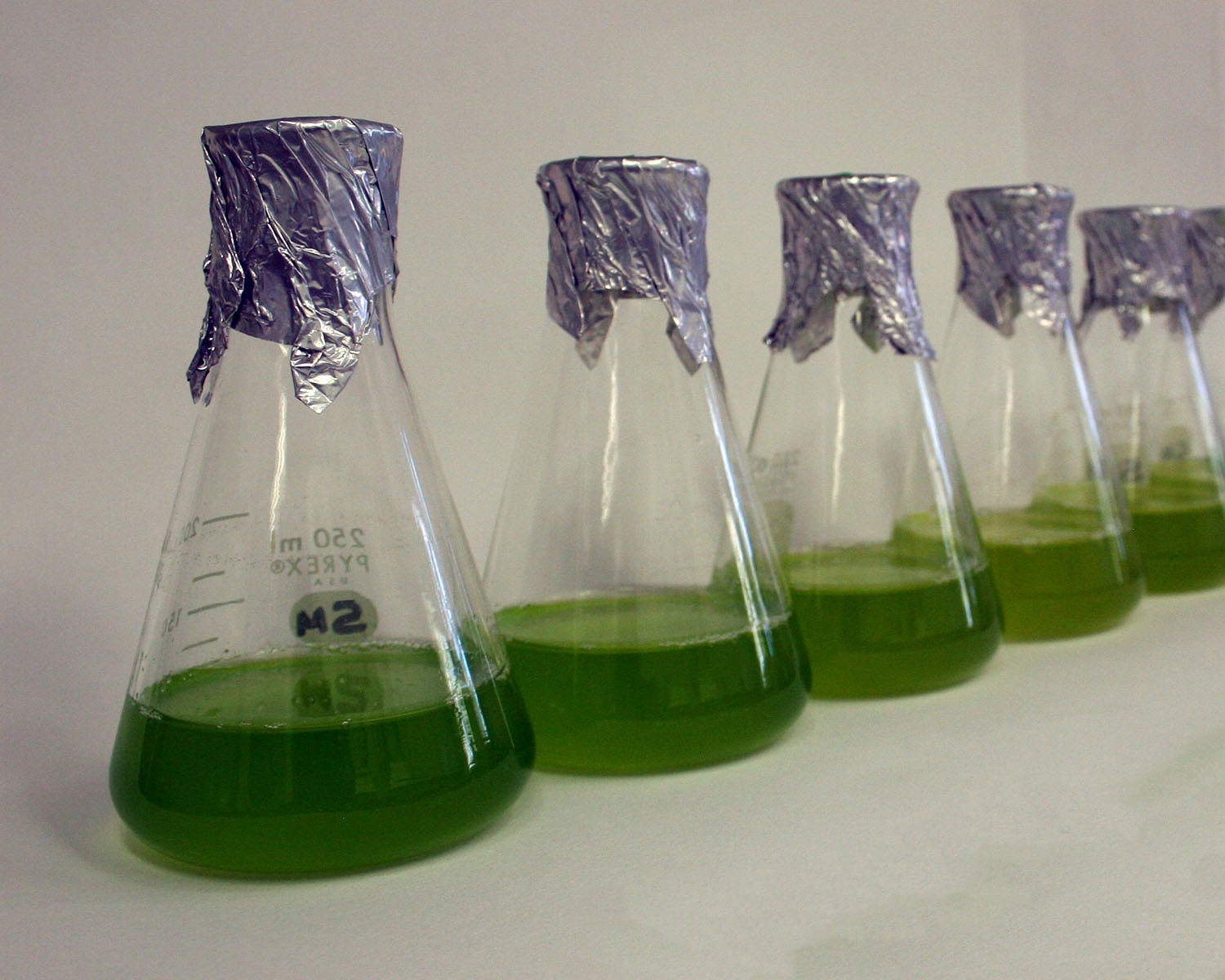
Transcription of adjacent genes into a single RNA molecule is widespread in green algae, challenging understanding of gene expression in eukaryotes.
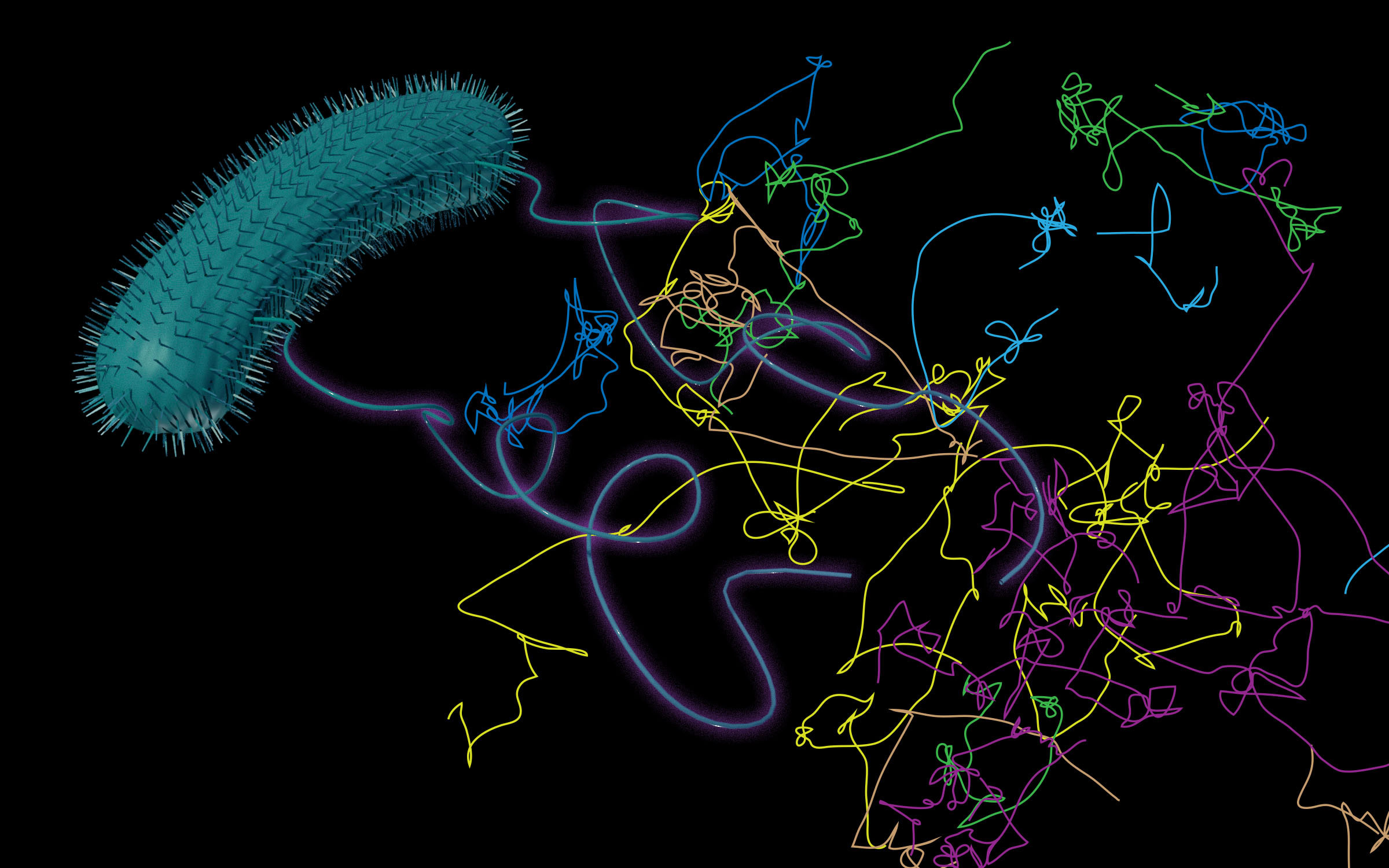
A new study seeks to improve reactive transport models by more accurately factoring in how bacteria move in groundwater.
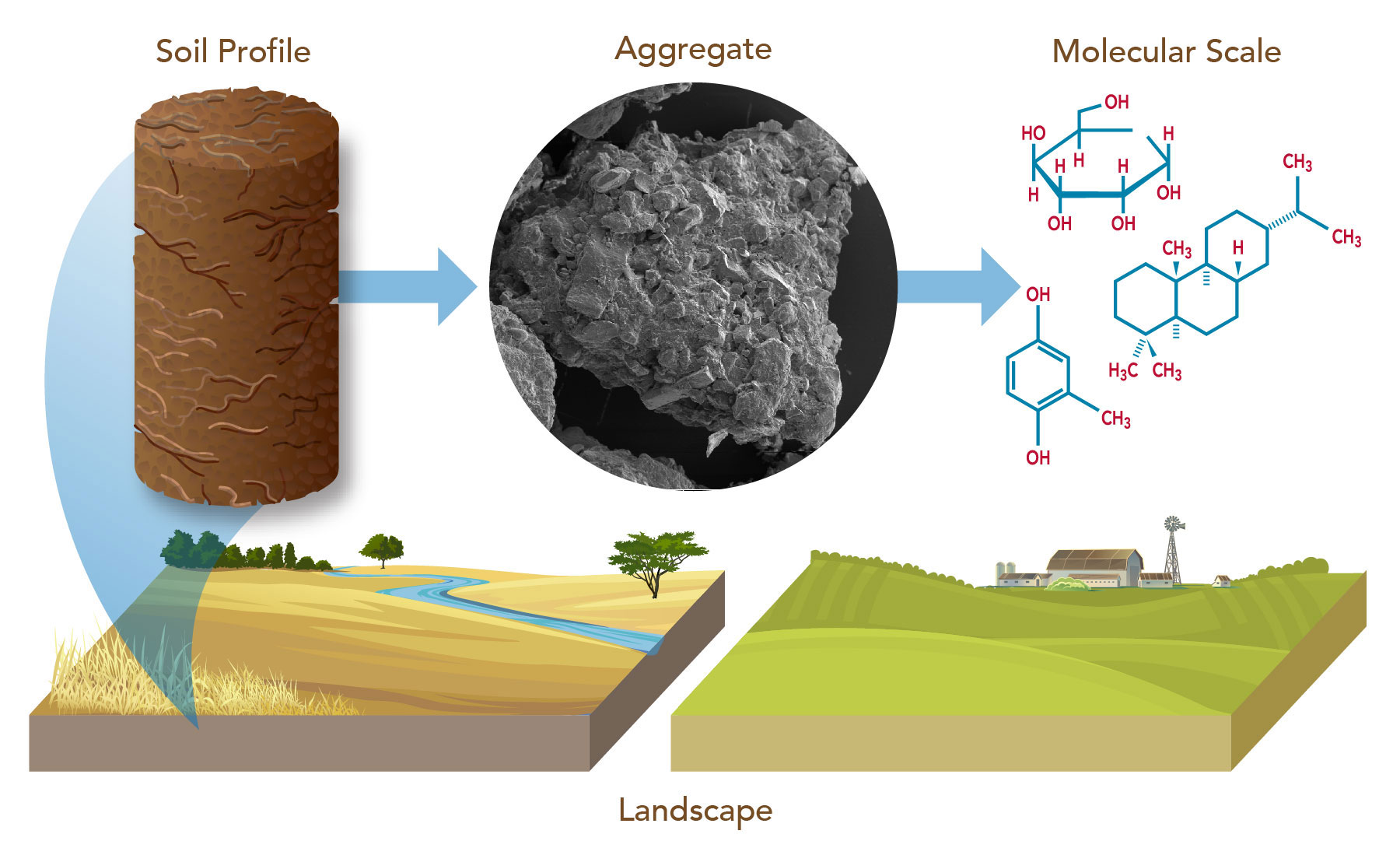
Microbiome and soil chemistry at long-term bioenergy research sites challenge the idea that switchgrass increases carbon accrual in surface soils on marginal lands.
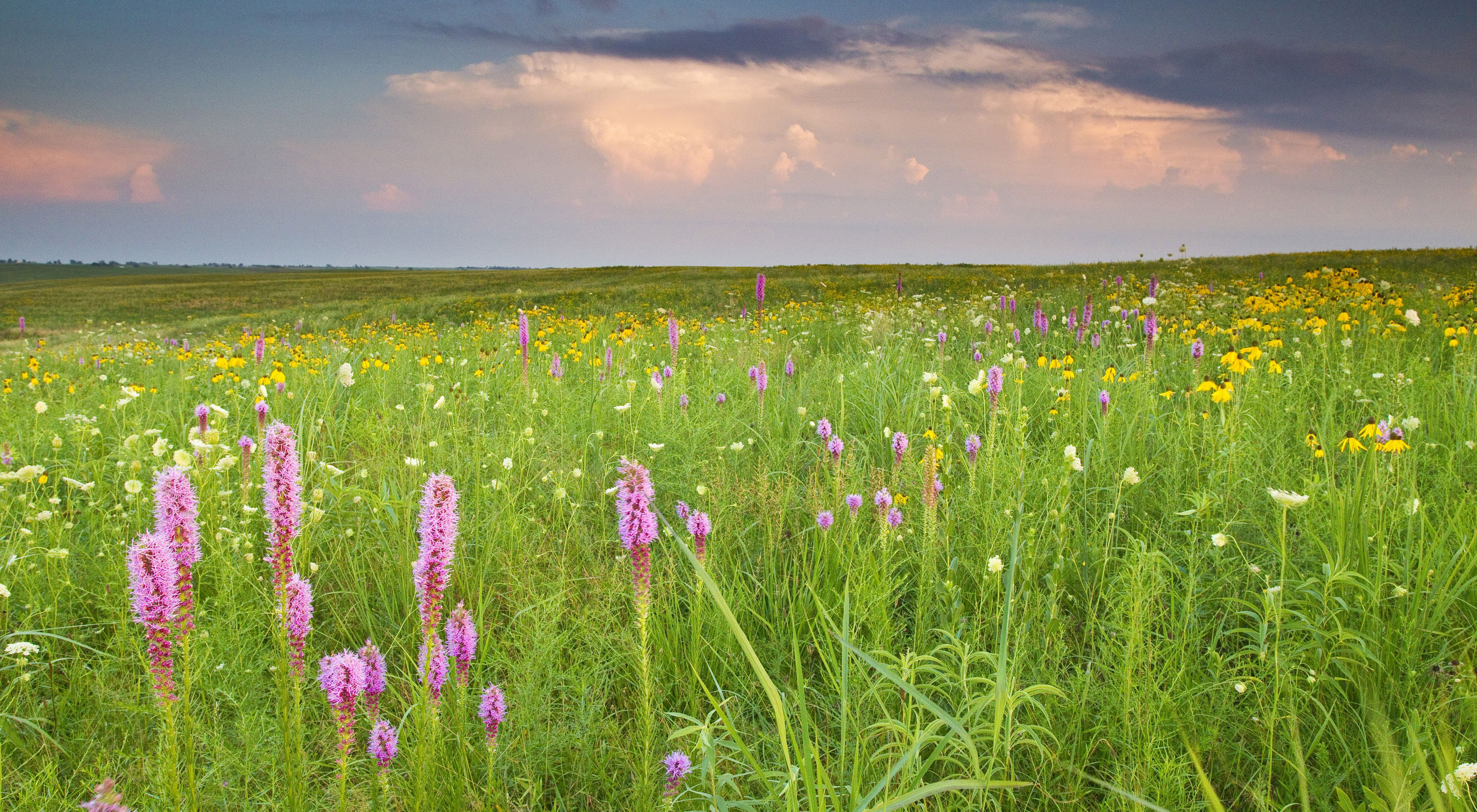
Researchers found that soil drying altered metabolic pathways within soil microbial communities.
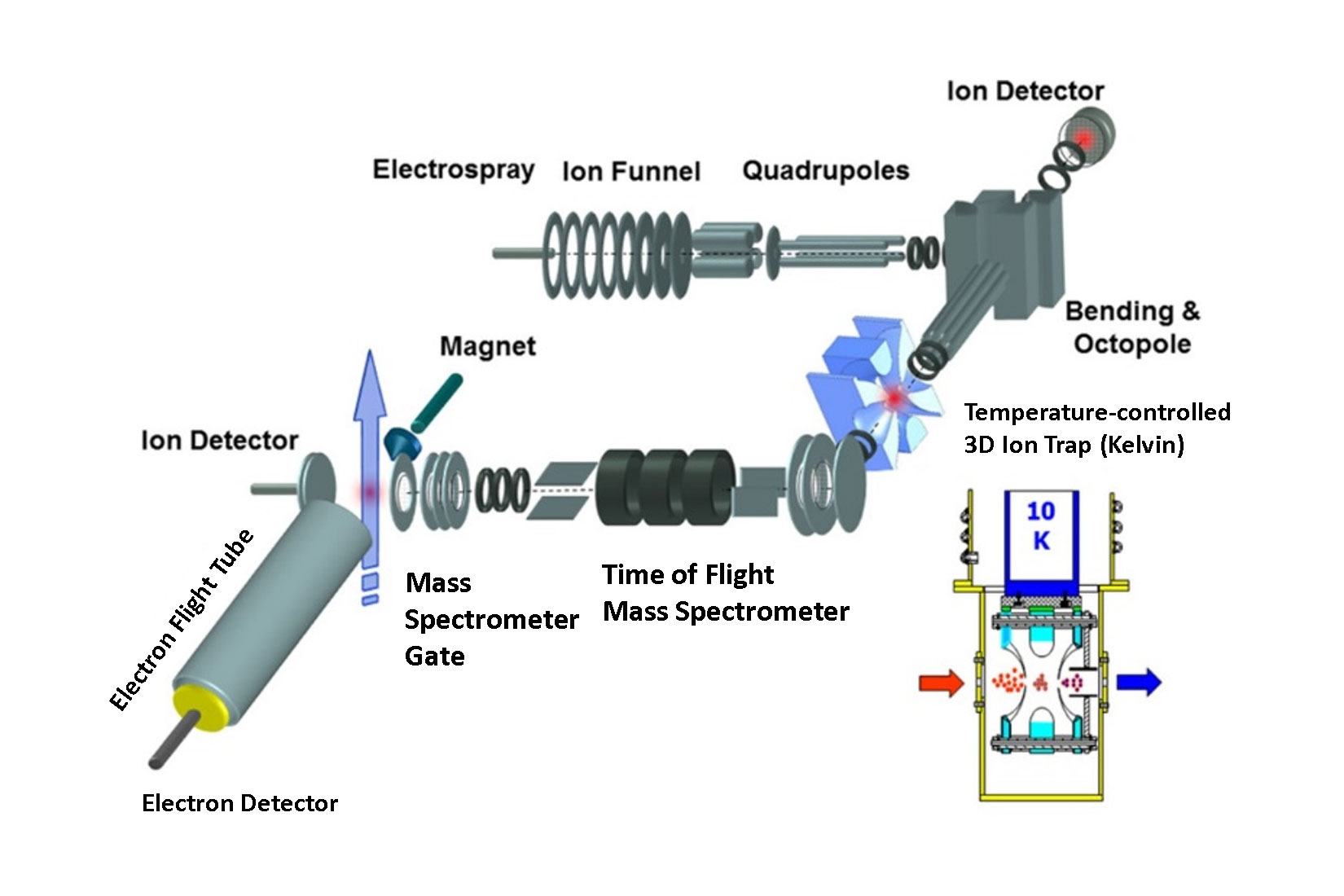
New approach to studying ions more accurately predicts behavior, providing insights for biological systems, environmental processes, and materials development.
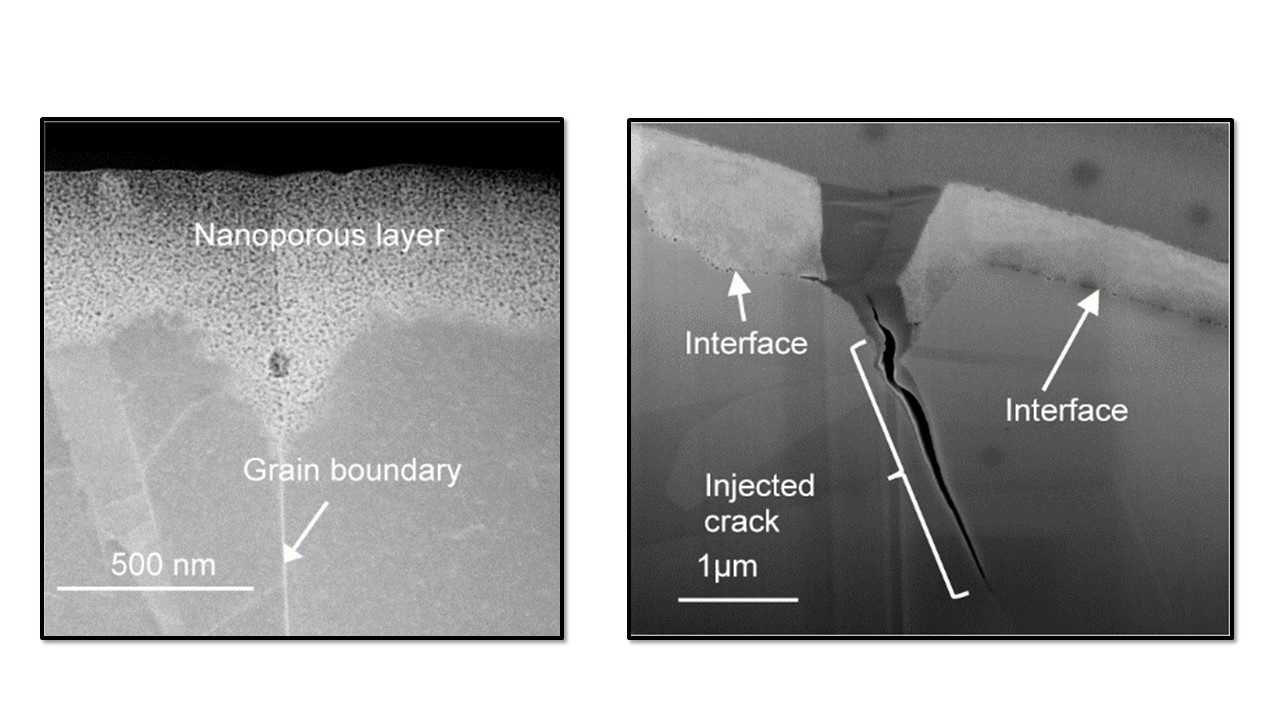
Redefining the mechanisms of stress corrosion cracking for materials in energy generation and industrial systems.
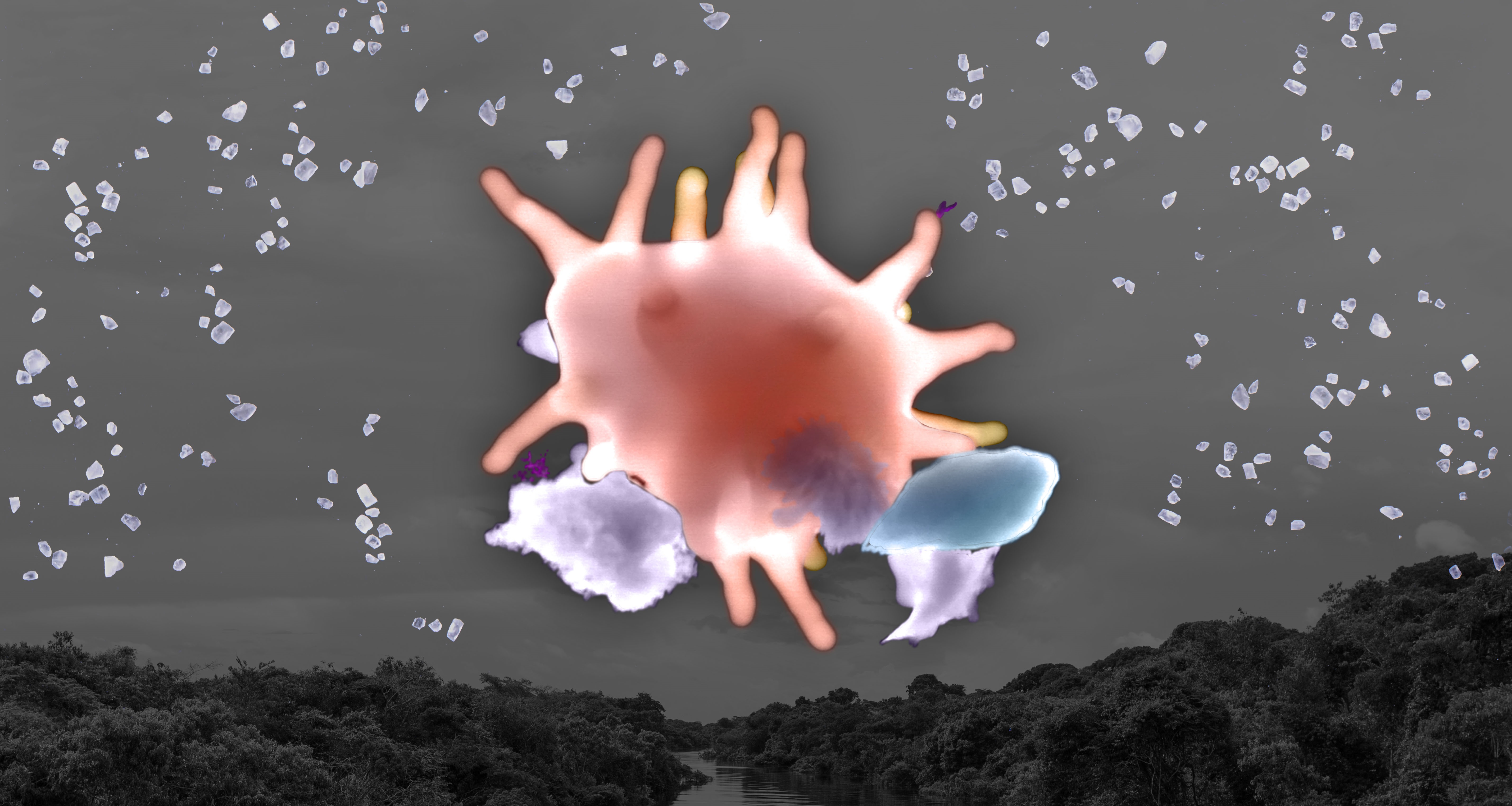
For the first time, an international team of scientists has discovered the true origin of sodium salt in pristine Amazon air.

Some cells stand firm against techniques to extract the biological material inside, while others don’t stand a chance.
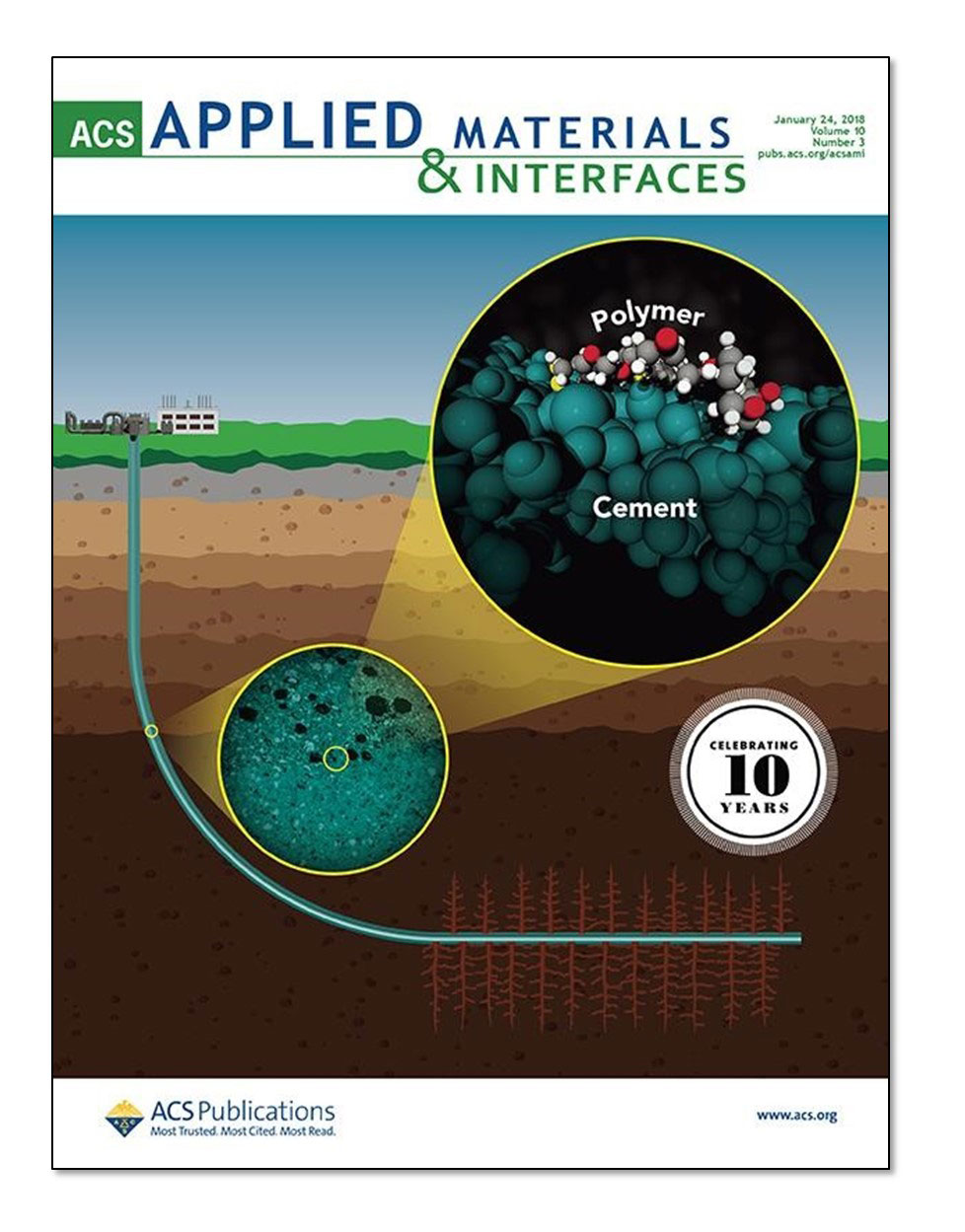
A first-of-its-kind computer simulation reveals self-healing cement for geothermal and oil and gas wells performs better than originally thought.